At A Glance

MALIGAYANG PAGDATING!
The following information have been carefully selected for your reference. Some resources may have bias perspectives. Please approach the SMU Libraries (library@smu.edu.sg ) should you have any doubts or need clarifications.
These videos show the distinct culture, belief, values, norms, and traditions of the the Philippines.
Local Culture
-
Living in ASEAN CountriesEach ASEAN country has its history, language and dynamism. Find out the way of life, customs in each of the ASEAN country.
-
Overall Cultural Life in the PhilippinesFind out more about the cultural life in the Philippines.
-
Percentage of Religions in the PhilippinesFind out the percentage of each religion in the Philippines.
-
Ethnic Groups in the PhilippinesFind out more about the ethnic groups in the Philippines.
-
Percentage of Ethnic Groups in the PhilippinesFind out the percentage of ethnic groups in the Philippines.
-
DelicaciesExplore the many flavours that the Philippines has to offer.
-
The Philippines Events & FestivalsFind out interesting local festive celebrations and events throughout the calendar year in the Philippines.
-
Karaoke in the PhilippinesHere are a few places to sing the night away in Manila, the nation’s capital. Karaoke is a family-friendly activity throughout the Philippines.
-
Beauty Pageants In The Philippines Changes, What's next?Beauty pageants are part of Philippine culture which many ladies dream is to represent the Philippines. Find out how do they evolve themselves to keep up with the current times, and where do pageants fit in the current scene?
Popular Sports
Football (Soccer), Basketball, Boxing.
Traditional or Regional Sports
Arnis (martial art) - a Filipino martial art which emphasizes weapon-based fighting.
Dumog - a Filipino style of wrestling while standing upright.
Sikaran - a form of kickboxing, which utilizes only the feet. The hands are only used for blocking.
Sipa - a sport aims to kick the ball to the other side of the net on to the opponent’s side without it touching the ground.
Native Barong Tagalog is the official national costume and common formal attire of Filipino men in the Philippines. Learn how this national costume represents the Philippines and how it's being designed.
This student share about some experience with Filipinos and cultural aspect she experienced.
This student share about some interesting facts and experiences with Filipinos and their culture.
In part of Human Life International's True Stories documentary series, "The Philippines: Preserving a Culture of Life" is a story of the struggle for faith and family. The Philippines has been under assault for many years by Western pro-abortion advocates trying to pass the anti-life Reproductive Health (RH) Bill. In December 2012, the Congress of the Philippines finally passed the destructive RH Bill and it was signed into law by President Beningno Aquino. Although the documentary is outdated at this point, the insights it contains remain true, as do its warnings for the future of the Philippines.
Delicacies
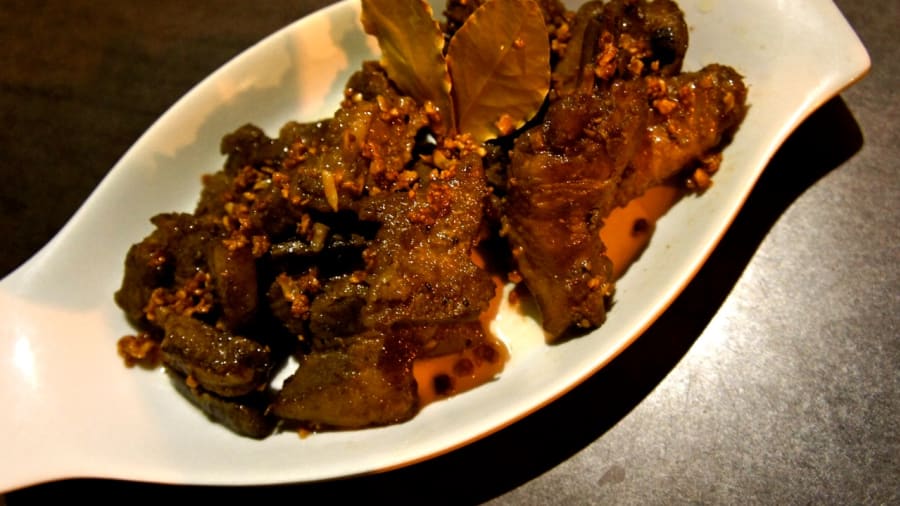
Adobo
No list of Filipino food would be complete without adobo. A ubiquitous dish in every household in the Philippines, it's Mexican in origin. But Filipinos found that cooking meat (often chicken and pork) in vinegar, salt, garlic, pepper, soy sauce and other spices was a practical way to preserve it without refrigeration. This cooking style can be applied to different meats or even seafood.
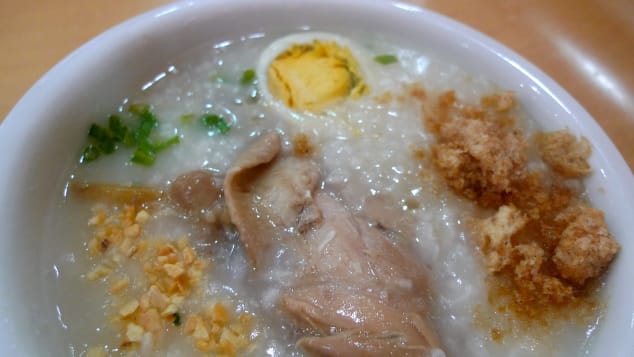
Arroz Caldo
While chicken soup soothes sick Westerners, Filipinos turn to arroz caldo, a thick chicken rice porridge. Cooked with ginger and sometimes garnished with a hard-boiled egg, toasted garlic and green onions, this Filipino food is sold in street-side stalls.
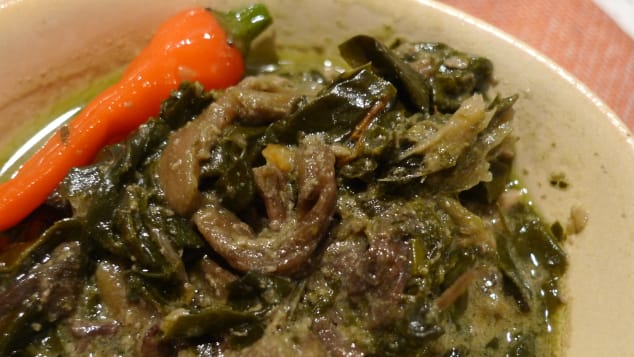
Laing
This dish of taro leaves cooked in rich coconut milk is an everyday staple in Bicol. Morsels of meat and chili are added to give punch to the Laing. It's eaten with steamed rice. The authentic versions from kitchens in Naga and Albay are most delicious.
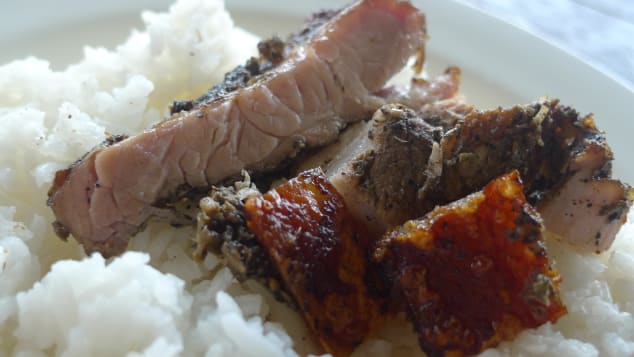
Inihaw na Liempo
A Filipino-style barbecue using a popular pork part: liempo (pork belly). Arguably, the best is Cebuano style -- a slab of liempo stuffed with herbs and spices and roasted. The result is juicy flavorsome meat inside and crackling skin outside.
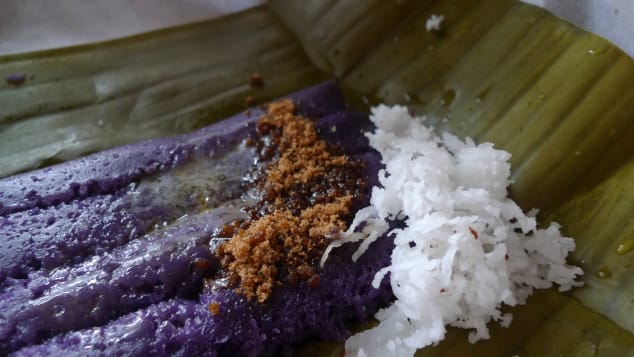
Puto bumbong
These may look like miniature chimneys along the roadside stalls, but that's what gives the chewy purple snacks their name. Traditionally, purple mountain rice was used to make these, steamed in bamboo tubes, then served with butter, panocha (brown concentrated sugar) and grated coconut.
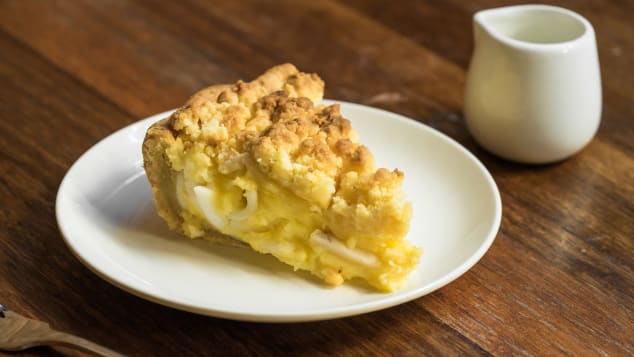
Buko pie
Buko pie stands are almost a roadside attraction. A venerable pasalubong (homecoming gift) to take back to Manila after a trip south -- particularly Laguna, where this humble pie was born -- buko is similar to custard pie but with a denser filling that's made without cream and sweetened with condensed milk. There are two keys to the perfect buko pie: the consistency of the crust and the evenness of the filling.
Heftier than most, Wildflour's slices include a memorable layered crust that opens up to a thick bed of coconut meat underneath. Its flavor is a complex yet simple example of why the buko pie has become a beloved staple in Filipino homes.
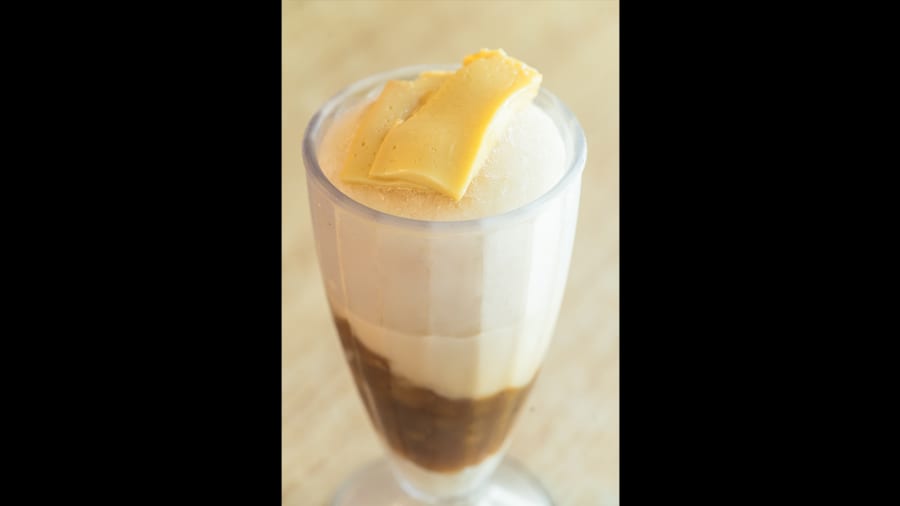
Halo-halo
Once summer bears down, Manila's streets are dotted with makeshift counters -- usually staffed by moms or kids -- serving shaved ice desserts made with evaporated milk and various fruits. But nothing tops the icy avalanche of halo-halo, a throw down of red beans, coconut gel, purple yam, flan, candied fruits and even a scoop of ice cream.
They call it "minimalist halo-halo," whittling down the dessert's appeal to four ingredients -- bananas, macapuno, milk and flan -- all bathed in finely shaved ice. It's sweet without the overload, still offering the flurry of flavors halo-halo is famous for.
Philippines Cuisine
This video introduces the various Filipino cuisine and even the history of how the cuisine gets created.
In this video, Host Simon Yin asks members of the public and tests their knowledge such as where does the tasty dish adobo get its name from.
Additional Video
Pastor Doug Batchelor takes you for a ride through the hustle and bustle of Manila! as it showcases the king of the road is the "Jeepney." in the Philippines.

